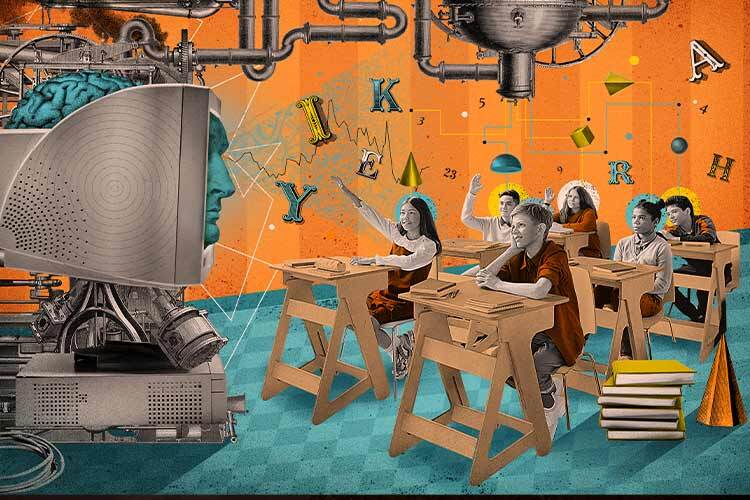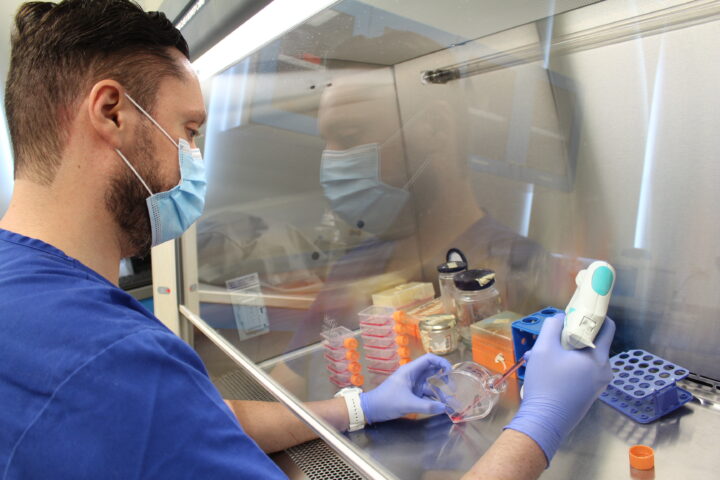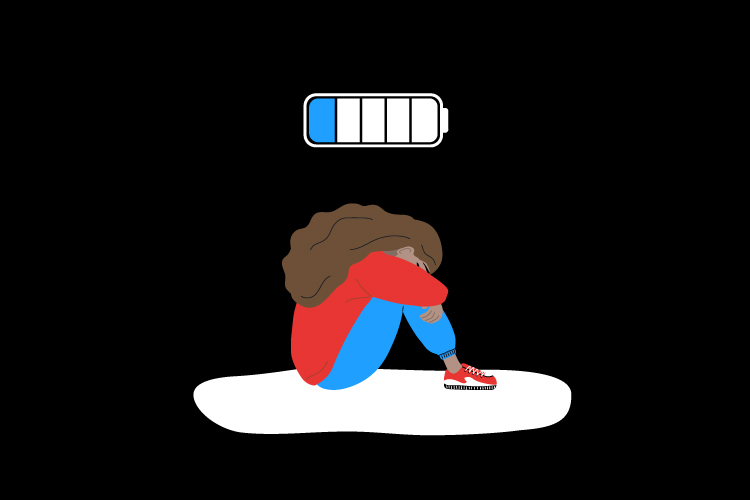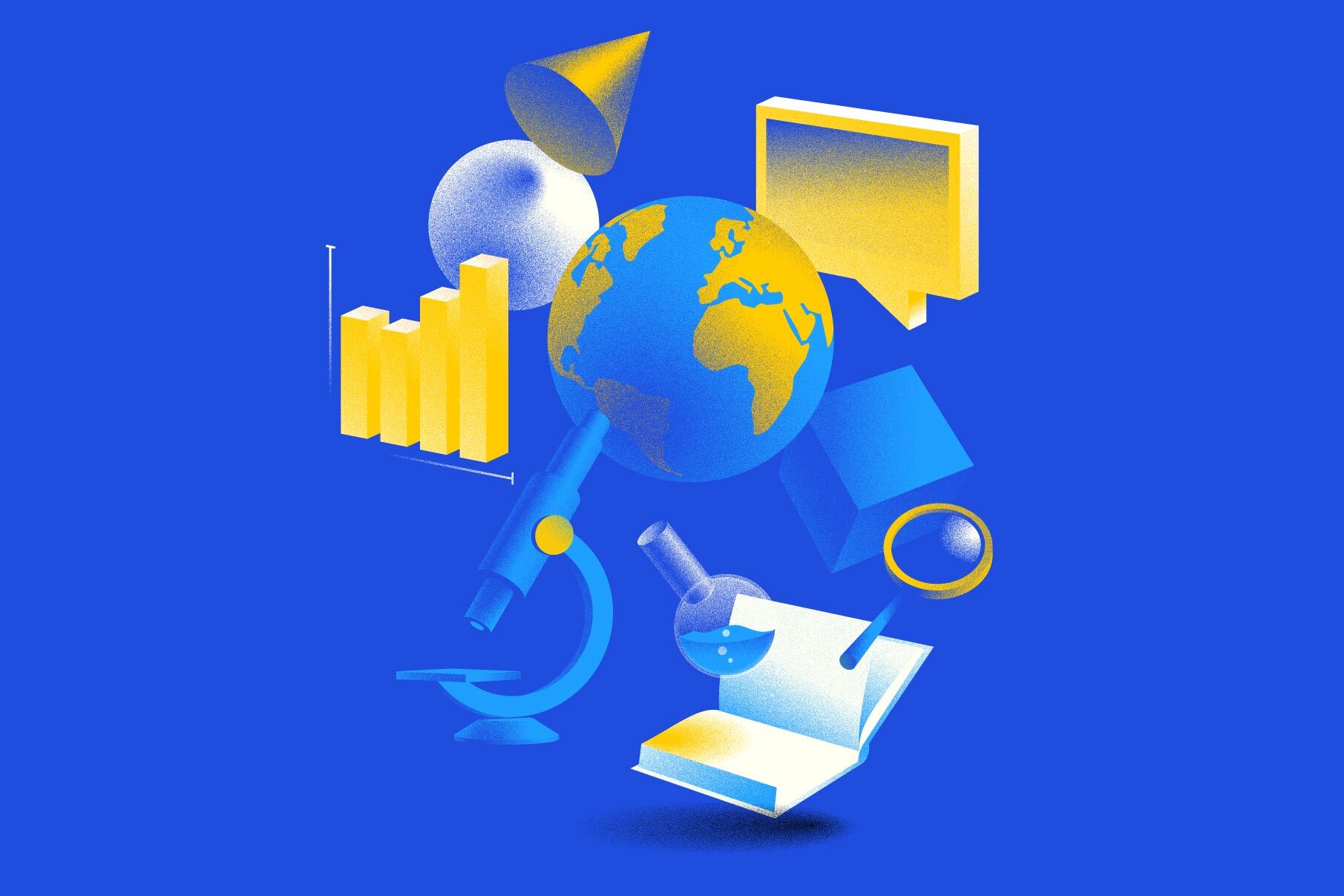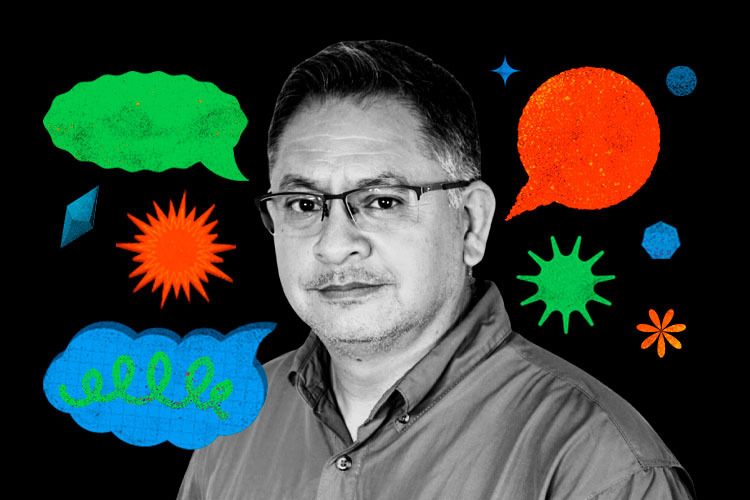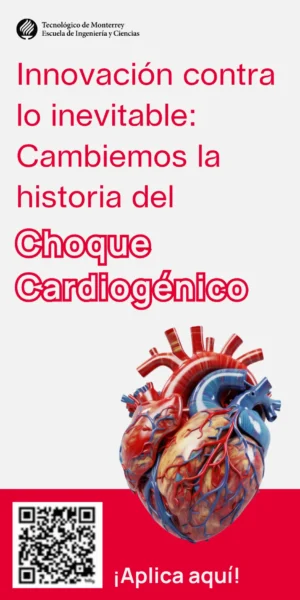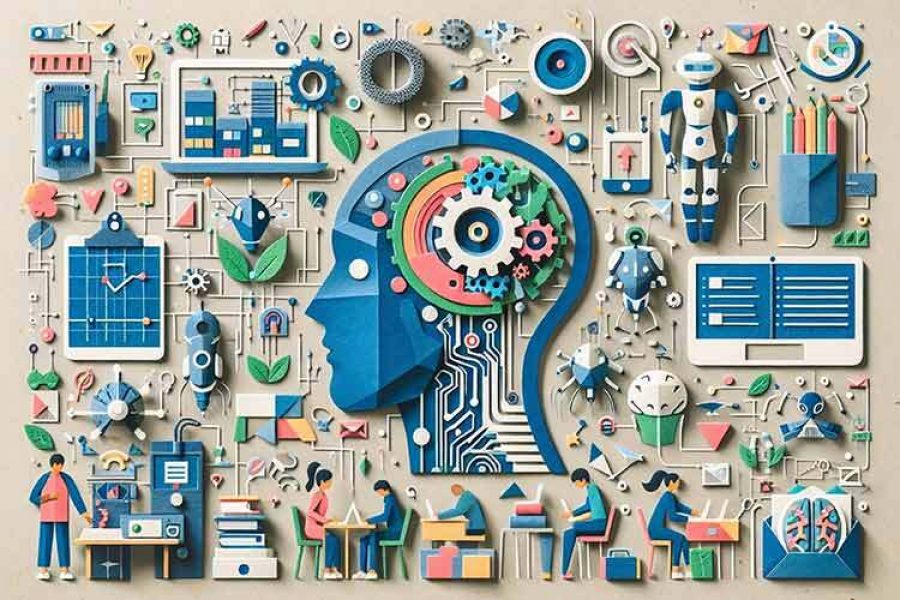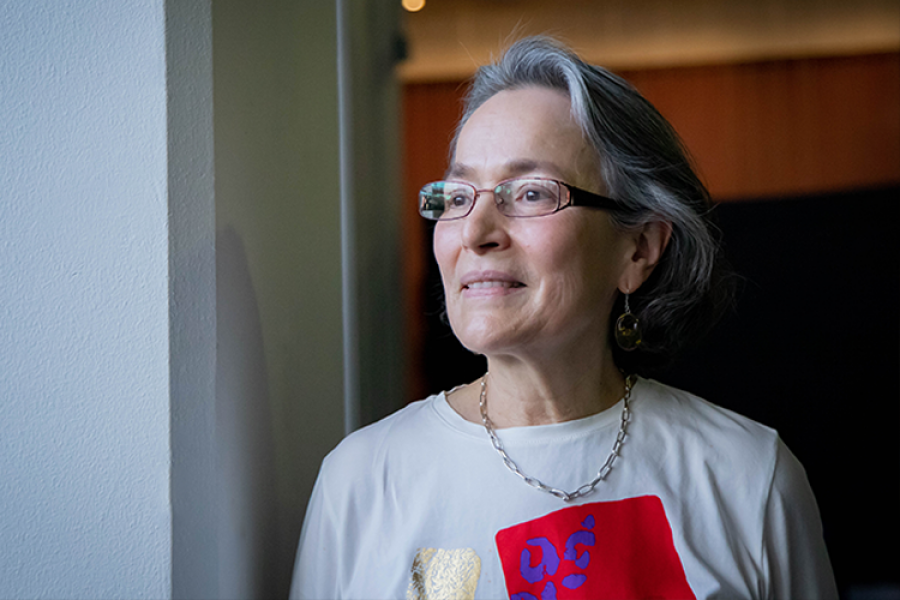In Latin America and the Caribbean, three out of four 15-year-olds are unable to demonstrate basic math skills, and one in two struggle with reading comprehension, according to a report from the Inter-American Development Bank (IDB) and the World Bank.
This reflects an ongoing educational crisis, one that worsened with the COVID-19 pandemic, and which universities and educational institutions are now striving to address. They are doing so through educational innovation, the integration of technology in teaching and learning processes, and adjustments to pedagogical strategies.
One of the emerging trends is adaptive learning, which, unlike traditional education where all students in a class receive the same information in the same way, is an approach that provides students with personalized learning tools tailored to their individual needs and knowledge levels.
“As we know today, not all students come in with the same background, and there’s a great deal of diversity in the classroom. Some are very advanced and adapt quickly, while others get there without the foundational knowledge they need to keep up at the same pace,” says Jorge Membrillo, a researcher at the Institute for the Future of Education (IFE) at Tecnológico de Monterrey.
In this sense, adaptive learning offers an alternative for teachers to better meet the needs of their students. For example, researchers at Tec have found that using certain Artificial Intelligence (AI) tools has led to improvements in students’ academic performance.
The Potential of Adaptive Learning
Adaptive learning is a personalized education approach that helps students prepare based on their individual characteristics, such as their knowledge level, learning pace, and specific needs.
It’s like offering knowledge on ‘demand’ by harnessing new technologies and adjusting the content’s difficulty level as students engage with it. For instance, by offering supplemental materials that address questions students may have during a class.
Researchers from the IFE and the Digital Education department at Tec de Monterrey are working on a project to evaluate digital platforms and AI as adaptive learning tools. These tools have been implemented across around 50 courses in academic programs such as Business, Bioengineering, and Humanities, among others.
An article published by Membrillo, along with researchers Mónica Contrino, Maribell Reyes, and Patricia Vázquez, reveals that in courses where this approach was used, students scored better than those in courses where adaptive learning was not implemented.
“Tools were designed so students could use them to ask whatever they needed. It’s like when they used to give you references, but this time it’s more fun and interactive because it was built with AI and works like a ChatGPT trained by the professor themselves,” says the researcher.
For this evaluation, for example, CogBooks was used, an adaptive learning tool with a methodology that includes content and exercises prepared by the instructors. The courses were taught over three years in both in-person and online formats, using a platform called CANVAS and Zoom for communication with students.
Better Averages and Satisfaction: Results of Adaptive Learning
Membrillo points out that, for example, with the tool implemented at Tec, students can receive continuous feedback and test their knowledge at various levels of comprehension, progressing until they master the content.
“That’s why it’s called adaptive—because the course actually adapts to what you already know,” he comments.
One of the key findings was that the average scores of students in courses using this strategy were higher compared to those who didn’t use it. For example, in the course Statistical Methods for Decision Making in the Business program, students scored better on midterm and final exams, with nearly 15% more students achieving grades above 90.
The IFE researcher adds that through this approach, students also feel more confident and leave with greater satisfaction based on their own effort. In addition to the knowledge shared by the professor, they are also aware of the extent of their individual work.
With the use of adaptable teaching materials, students can develop technical knowledge specific to each discipline, as well as transversal skills such as teamwork, critical thinking, and problem-solving, among others.
These tools also provide an option for shy students who may not typically ask questions during class. “Now, instead of turning to Google, Wikipedia, or ChatGPT, which don’t always provide accurate information, students have the tool created by their professor, allowing them to consult information at the level they need—basic, intermediate, or advanced.”
A Dynamic, Not Static Teaching Process
In adaptive learning, teachers must recognize that a class is no longer the same for all students, and that not everyone captures or understands the material in the same way. “This concept is about understanding that the teaching and learning process is dynamic, not static.”
Membrillo explains that it’s crucial to accept that the teacher is no longer just a knowledge provider. In this context, the teacher takes on the role of a monitor or coach, who needs to stay engaged with both the student who excels and the one who has more areas of opportunity and requires more personalized support.
Through the tool, teachers can track the number and types of queries students make, allowing them to identify how to address their needs and provide specific follow-up for those who need additional help.
The researcher acknowledges that designing and training these AI tools requires a significant amount of work for the teacher before the course begins, with up to six months of preparation to ensure everything is ready in time for the class. Even so, these tools can be updated and improved over time.
As challenges, he points out that while many professors are excellent professionals in their fields, some haven’t received specific training to be teachers. On top of that, creating a tool like this requires them to have digital skills.
“At Tec, there are training programs and ongoing support through Ceddie and Digital Education department, where they teach you and provide the tools you need as a professor to enable more personalized learning in class and better skill development for your students.”
Were you interested in this story? Do you want to publish it? Contact our content editor to learn more marianaleonm@tec.mx
